Other names Sirio Bernadotte Name Dario Argento | ||
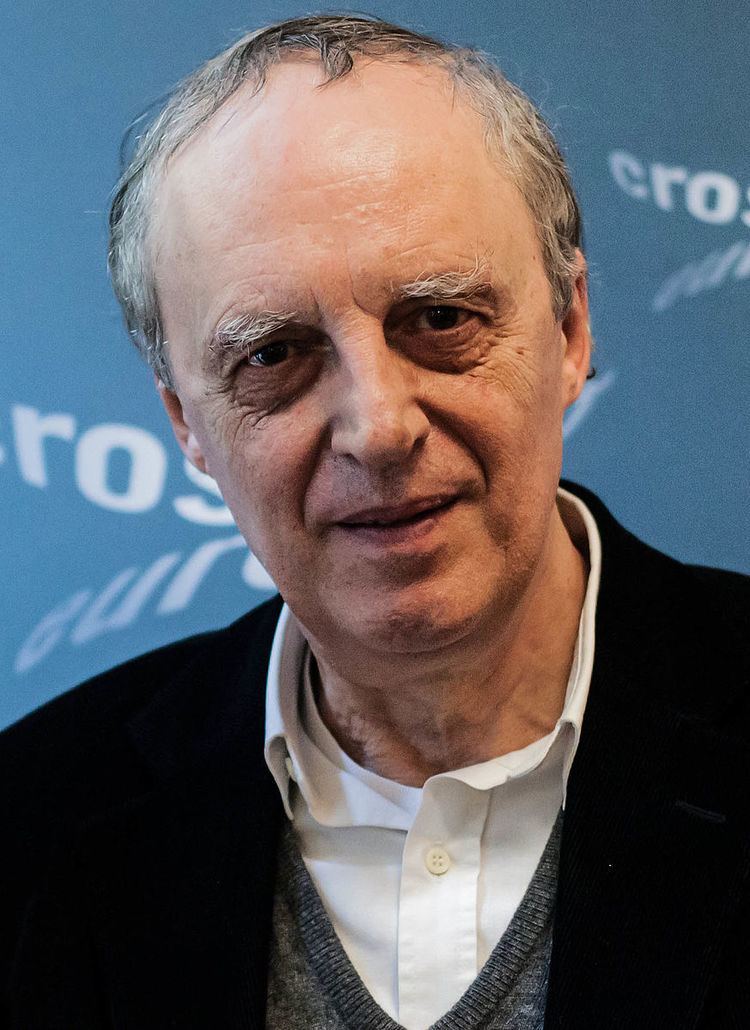 | ||
Spouse Marisa Casale (m. 1968–1972) Parents Salvatore Argento, Elda Luxardo Movies Similar Stefano Bessoni, Andrea Bianchi, Alessandro Blasetti | ||
dario argento an eye for horror documentary
Dario Argento ([ˈdaːrjo arˈdʒɛnto]; born 7 September 1940) is an Italian film director, producer, film critic and screenwriter. He is best known for his work in the horror film genre during the 1970s and 1980s, particularly in the subgenre known as giallo, and for his influence on modern Horror movies.
Contents
- dario argento an eye for horror documentary
- Top 5 dario argento
- Life and career
- The 1970s
- The 1980s
- 1990s
- 2000s
- Other work
- Works and criticism
- Critical decline
- Documentary
- References
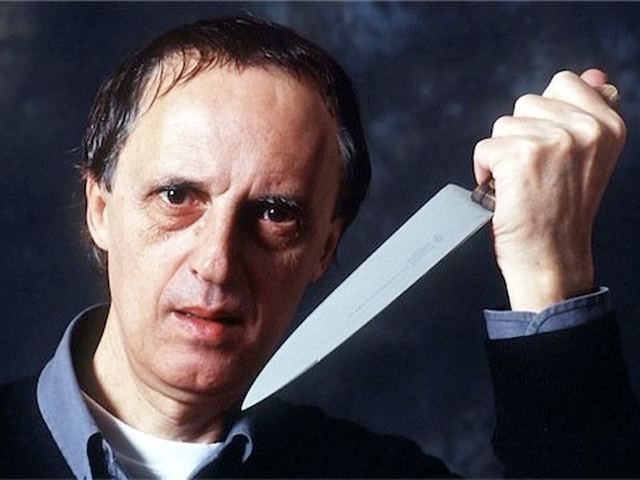
Top 5 dario argento
Life and career
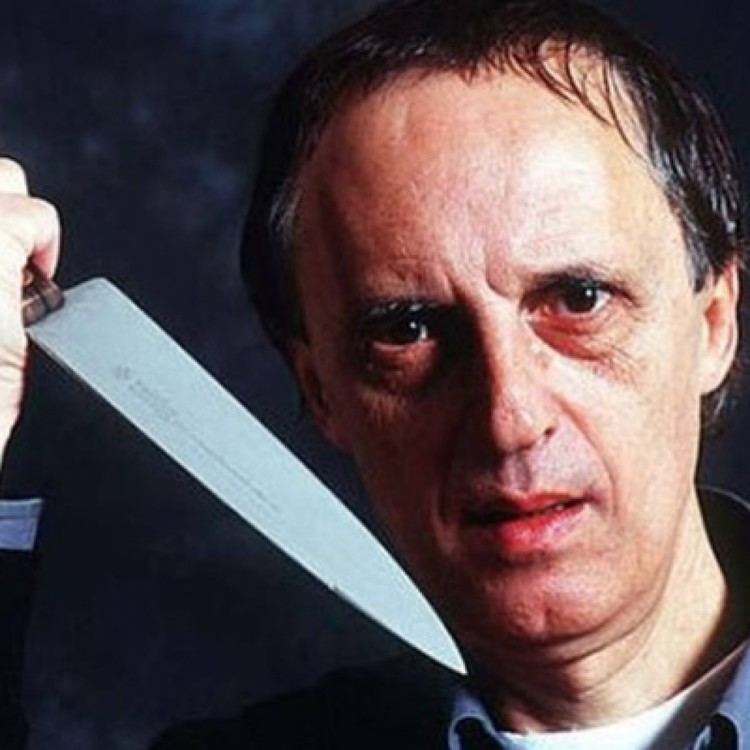
Argento was born in Rome, the son of film producer and executive Salvatore Argento and Brazilian-born photographer Elda Luxardo. He began his career in film as a critic, writing for various magazines while still attending high school.
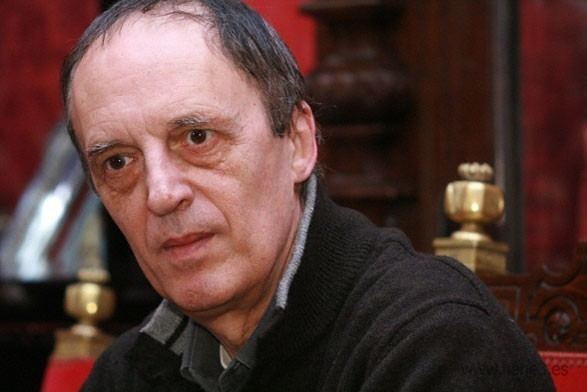
Argento did not attend college, electing rather to take a job as a columnist at the newspaper Paese Sera. While working at the newspaper, Argento also began working as a screenwriter. His most notable work was for Sergio Leone; he and Bernardo Bertolucci collaborated on the story for the Spaghetti Western classic Once Upon a Time in the West.
The 1970s
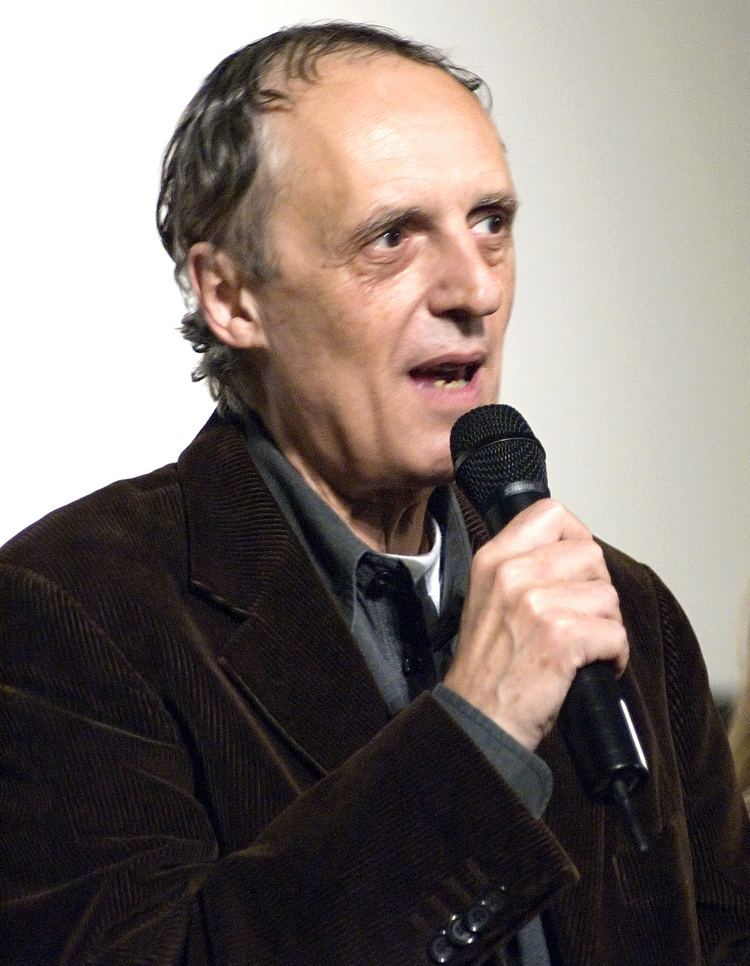
Soon after that film's 1969 release, Argento began working on his directorial debut, the giallo film The Bird with the Crystal Plumage, which was released in 1970 and was a major hit in Italy. Argento continued to concentrate largely on the giallo genre, directing two more successful thrillers, The Cat o' Nine Tails (1971) and Four Flies on Grey Velvet (1972). Along with The Bird with the Crystal Plumage, these three films are frequently referred to as Argento's "Animal Trilogy". The director then turned his attention away from giallo movies, filming two Italian TV dramas and a period comedy (The Five Days) in 1973. Argento returned to thrillers with 1975's Deep Red, frequently cited by many critics as the best giallo ever made. The film made Argento famous internationally and inspired a number of other directors to work in the genre (John Carpenter has frequently referred to the influence Argento's early work had on Halloween).
Argento's next movie was Suspiria (1977), a violent supernatural thriller. Lacking the constraints of the more conventional giallo subgenre, Suspiria is a semi-surreal work of art, where plot and character are secondary to sound and vision. Argento planned for Suspiria to be the first of a trilogy about "The Three Mothers", three ancient witches residing in three different modern cities. The second movie of the trilogy was 1980's Inferno. The Mother of Tears (2007) belatedly concluded the trilogy.
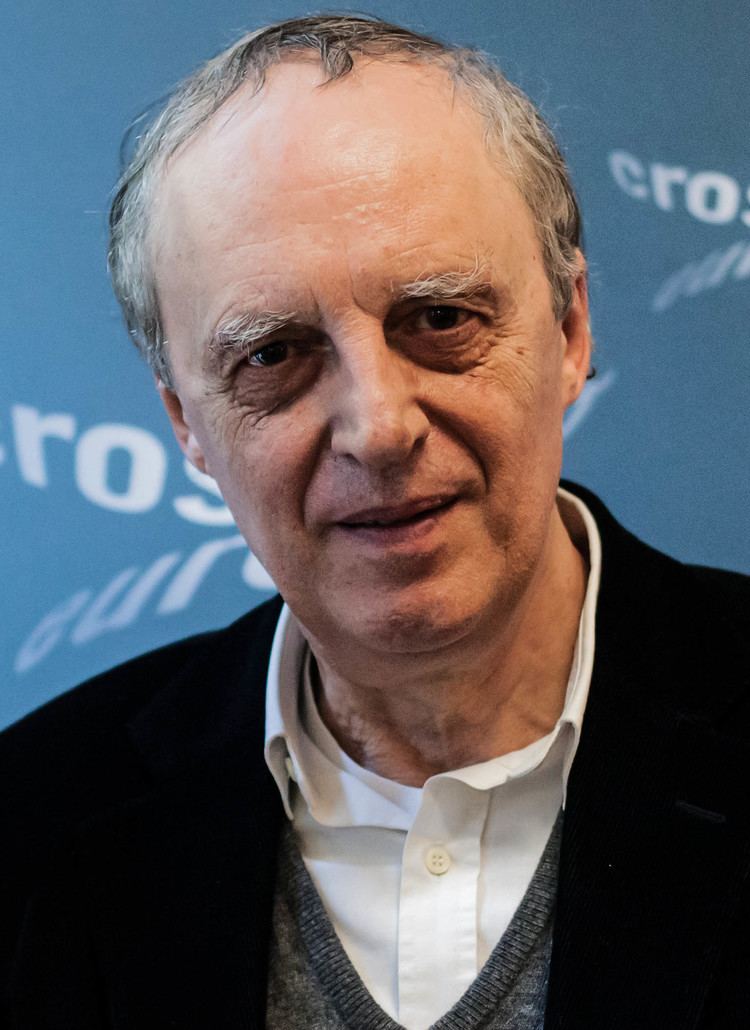
In between the making of the first two "mothers", in 1978, Argento collaborated with George A. Romero on Dawn of the Dead, earning a producer credit and also providing soundtrack work for the zombie classic. Argento oversaw the European release of the film (where it was titled Zombi) which was much shorter and featured much more of the score written and performed by Goblin.
The 1980s

After Inferno, Argento returned to the more conventional giallo style with Tenebrae (1982). He then attempted to combine giallo and supernatural fantasy in 1985's Phenomena, also known as Creepers, which was one of Jennifer Connelly's earliest movies. Phenomena also showed Argento's predilection for using new technology, as evidenced by the film's several prowling Steadicam shots. Both films received a lukewarm reception upon their release (although each has been positively reappraised since).
Argento subsequently took a break from directing to write two screenplays for Mario Bava's son, Lamberto Bava: Dèmoni (1985) and Dèmoni 2 (1986).
Opera followed in 1987. Set in Parma's Regio Theatre during a production of Verdi's Macbeth, the production was beset by real-life misfortunes that Argento suspected were caused by the supposed traditional "curse" on the Shakespearean play. Argento's father died during its production, Vanessa Redgrave quit the project before filming began, he had problems working with his former long-time girlfriend and collaborator Daria Nicolodi on-set and the cast and crew were plagued by several minor accidents and mishaps.
In 1987-88, Argento produced a TV series called Turno di Notte, which had 15 episodes. Nine of the shows were directed by Luigi Cozzi, the other 6 by Lamberto Bava. Daria Nicolodi and Asia Argento starred in several of the episodes.
1990s
During the early 1990s, Argento was in the process of collaborating with Italian director Lucio Fulci on a horror film. Due to financial trouble, the project was continually postponed. Fortunately in 1996, Argento was able to gather funding, but was unable to actually collaborate with Fulci as Fulci died in March that year. The film would be later be directed by Sergio Stivaletti as The Wax Mask, with Argento and Fulci both receiving screenwriting credits.
His 1996 film The Stendhal Syndrome, in which a policewoman (played by Argento's daughter, Asia) who suffers from Stendhal syndrome is trapped by a serial killer in an abandoned warehouse, was the first Italian film to use computer-generated imagery (CGI). Moreover, the film's opening scene was shot in Florence at Italy's famed Uffizi Gallery. Argento is the only director ever granted permission to shoot there. The Stendhal Syndrome was distributed in the U.S. by cult B-movie distribution company Troma Entertainment. He later directed 1998's The Phantom of the Opera and 2001's Sleepless.
2000s
2004's The Card Player, a giallo about a killer whose murders are conducted during Internet poker matches with the Rome police, earned a mixed reception: some fans appreciated the techno music score composed by ex-Goblin member Claudio Simonetti, but felt the film was too mainstream, with little of Argento's usual flourish.
2005 saw the TV broadcast of Argento's Do You Like Hitchcock?, in which the director paid homage to Alfred Hitchcock after decades of being compared to him by critics. Later that year, he directed an episode of Masters of Horror, a Showtime television series, called "Jenifer". Soon afterwards, Argento directed an adaption of the F. Paul Wilson short story "Pelts" for season 2 of the same series.
Argento finished the final film of his Three Mothers trilogy, The Mother of Tears, which is set in Rome and centers on the titular "third mother", Mater Lacrimarum. Argento and Jace Anderson share writing credits for the film. Asia Argento was cast as the lead player, along with her mother and frequent Argento collaborator Daria Nicolodi in a supporting role. Udo Kier, who appeared in Argento's Suspiria, and Coralina Cataldi-Tassoni, who appeared in three of his previous films, both have pivotal roles in the final Mothers chapter.
On 26 June 2009, Giallo premiered at the Edinburgh Film Festival. The following month he announced that he had started working on a 3D remake of Deep Red, but subsequently this project was shelved due to the commercial failure of Giallo in Italian cinemas. He then announced his decision to write a new screenplay. In 2011, Argento signed on to produce the American remake of his cult film Suspiria. On 4 March 2011, it was announced that Rutger Hauer had signed on to play Van Helsing in Argento's Dracula 3D, which was scheduled to begin shooting in Budapest later in the year. It was released on 19 May 2012.
Other work
He is involved in a horror memorabilia store located at Via dei Gracchi 260 in Rome named Profondo Rosso (Deep Red), after his classic film Deep Red. In the cellar is a collection of his movies. The store is managed by his long-time collaborator and friend Luigi Cozzi.
He has contributed in the development of the survival horror video game Dead Space, and also in the dubbing of the Dr. Kyne character in the Italian version of the game.
Works and criticism
Maitland McDonagh wrote about Argento in her book Broken Mirrors/Broken Minds: The Dark Dreams of Dario Argento (1991). Argento is also mentioned in Art of Darkness, a collection of promotional stills, poster art and critical essays edited by Chris Gallant. British journalist Alan Jones published Profondo Argento, a compendium of set reports, interviews and biographical detail. In Dario Argento film journalist James Gracey provides fresh critical analysis and an exploration of Argento's far-reaching impact on modern horror cinema. English sound designer, writer and musician Heather Emmett published Sounds to Die For: Speaking the Language of Horror Film Sound, which includes the first in-depth study of the use of sound in Argento's films.
In 2012, Argento was highlighted in the retrospective Argento: Il Cinema Nel Sangue at the Museum of Arts and Design in New York City. The retrospective celebrated the influence of the Argento family on filmmaking in Italy and around the world. It highlighted Dario's contribution as well as that of his father (Salvatore), brother (Claudio), ex-wife (Daria Nicolodi) and daughter (Asia).
Critical decline
Starting with 1998's The Phantom of the Opera, Argento's films have been generally poorly received by critics and fans alike, including with Argento scholars such as Maitland McDonagh. Fangoria wrote in 2010, "over the last decade, standards have slipped. For a filmmaker who was always so precise in his construction and cutting, his later films such as The Phantom of the Opera and The Card Player are sloppy, stitched together so carelessly that they leak vital fluid. Gradually, the kaleidoscopic style that once characterized his films has slowly blanched away." This is largely due to low box office returns of his films, as well as difficulties in finding producers.
Documentary
1993 - The King of Ads (director)
